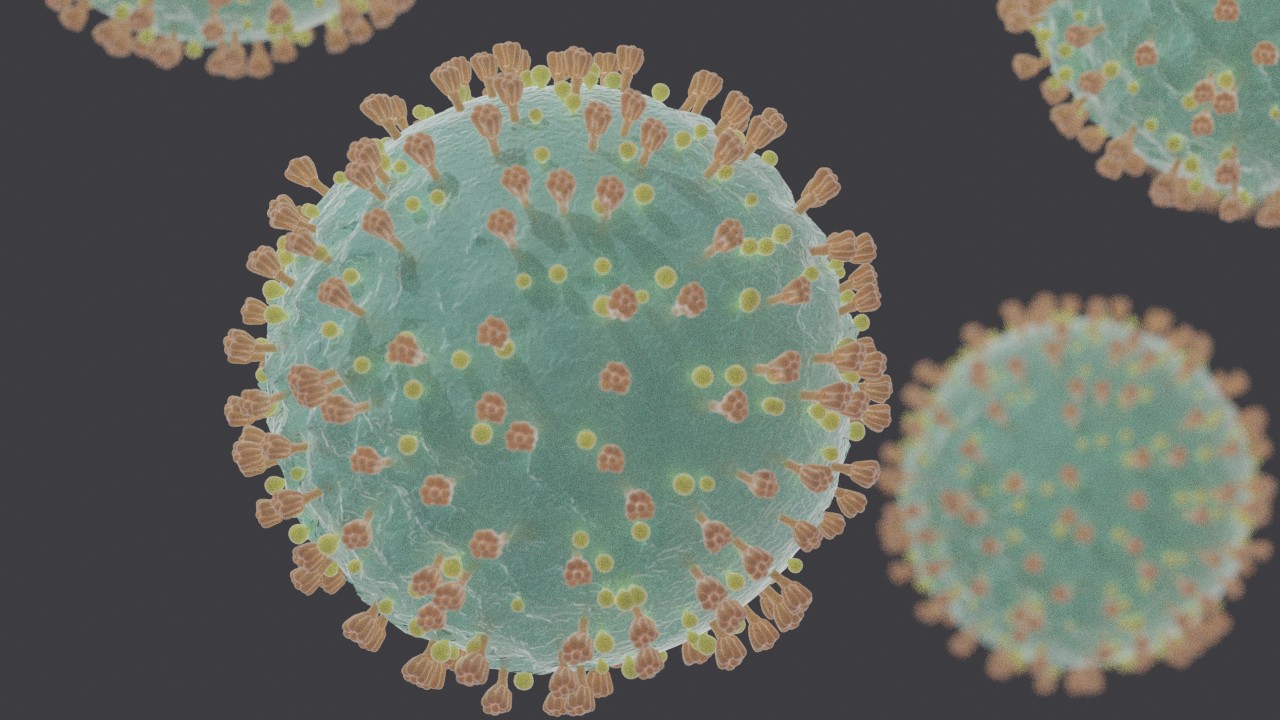In response to the coronavirus pandemic, states have changed election dates, voting procedures, and candidate filing deadlines. We took a look at the potential effect these changes had on candidate filing ratios (the number of candidates who filed compared to the number of seats up for election).
We chose the date of comparison as March 13, 2020—the date the Director-General of the World Health Organization (WHO) urged countries to take a comprehensive approach to fight COVID-19. The data shows that the number of candidates who filed in 2020 and in 2018 is similar.
In 2020, 0.13 more candidates filed for election on or before March 13 than those who filed on or before the same date in 2018.
In 2020, 0.21 more candidates filed for election after March 13 than filed for election after March 13 in 2018.
In 2018, 2,294 candidates filed to run for the U.S. House. For this year’s elections, the number is 2,378. In both years, all 435 U.S. House seats were up for election.
The five states with the largest changes in candidate filing ratios—calculated by dividing the number of candidates who filed for election by the number of seats up for election—(positive or negative) from 2018 to 2020 are:
• New Hampshire: -7.00
• Utah: +6.25
• Hawaii: +4.00
• Idaho: -4.00
• South Carolina: -3.15
In response to the coronavirus pandemic, 25 states have changed election dates at the state or local level and 40 states have made changes to voting procedures. Nineteen states have made changes to candidate filing deadlines.
Additional reading:


